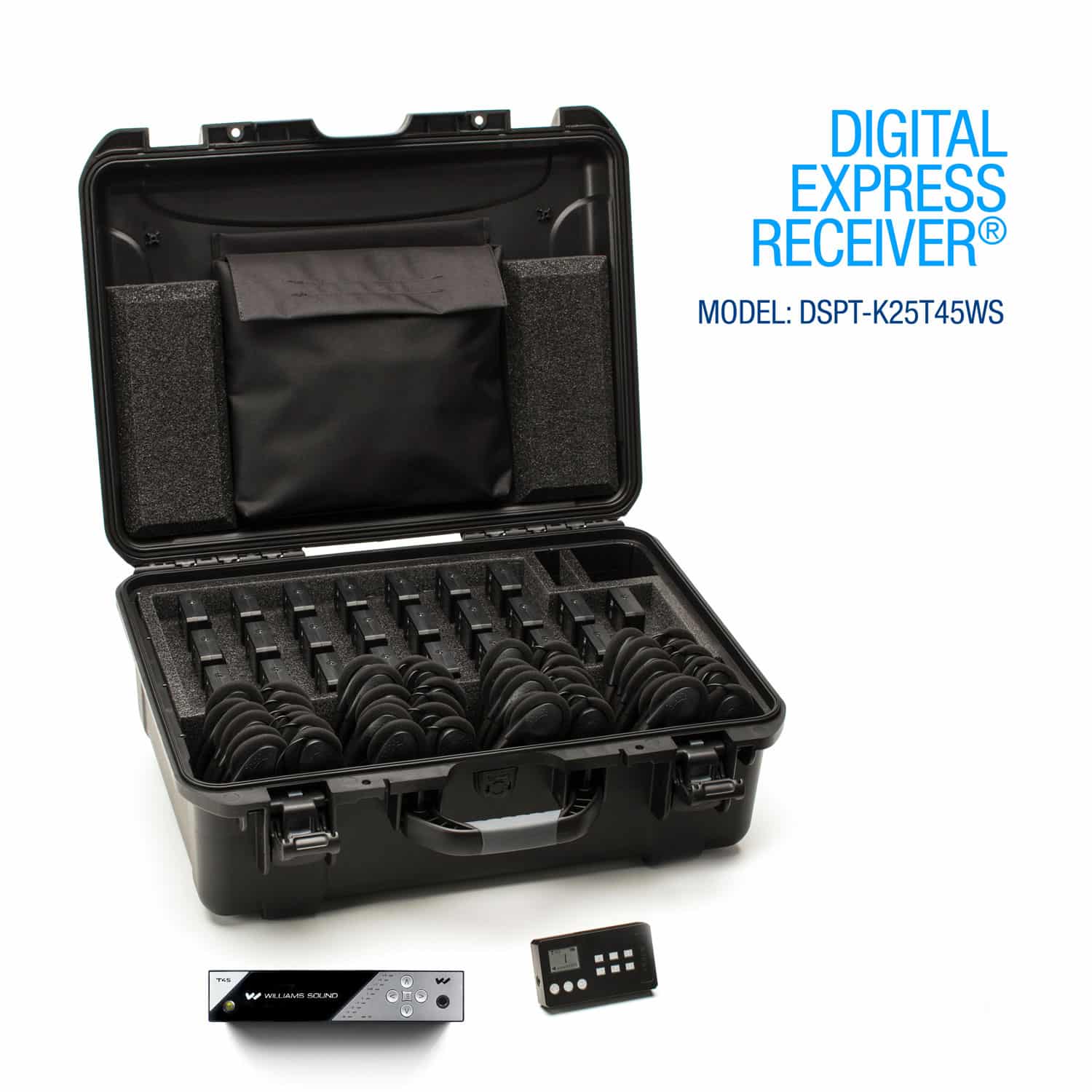Simultaneous interpretation equipment in Yellowknife


Translation and Interpretation Systems and equipment in Yellowknife

In this article, find all the information about simultaneous interpretation equipment for users in Yellowknife.
What is simultaneous interpretation?
Simultaneous interpretation is one of the most challenging aspects of language use. Interpreters practice in a soundproof room called a “simultaneous interpretation booth” and use very sophisticated wireless equipment.
A brief history of simultaneous interpretation equipment
In the 1920s, Edward Filene and Alan Gordon Finlay attempted to design simultaneous interpreting devices. The Filene-Finlay Simultaneous Translator System was used to read documents that had already been translated prior to the event.
No one had the idea that “live” simultaneous interpretation was possible at the time.
Simultaneous interpretation equipment, similar to what we have today, was used at the Nuremberg trials after World War II.
Much of the credit for the completion of the equipment goes to the United Nations, which introduced simultaneous interpretation after World War II (at first there was some resistance).
Simultaneous Interpreting Equipment Today
Simultaneous interpretation is now used in the majority of conferences, and there are several manufacturers of simultaneous interpretation technology.
It should be noted that, as with any market, the quality of design and construction varies considerably, and cheap solutions are not always reliable.
When selecting a source for simultaneous interpretation equipment, be sure to choose a supplier that specializes in this type of equipment rather than an AV company or cameraman.
Professional conference interpretation and translation companies either have their own equipment or a working relationship with these specialized companies.
It is advisable to purchase conference interpretation services and rent simultaneous interpretation equipment from the same company. This is an example of how one-stop shopping for language services can be beneficial!

What configurations of simultaneous interpretation equipment exist?
Permanent installations
These are permanent simultaneous interpretation systems found in conference facilities such as the United Nations, the European Parliament or a large conference center.
The interpreters operate in booths, which are small rooms with doors. This is the most comfortable and practical design, but it is not particularly mobile for obvious reasons.
Portable/Mobile Configurations
Most restaurants and some venues lack permanent facilities. Instead, prior to the meeting, portable (mobile) booths must be brought in and set up.
At a minimum, there should be two interpreters per booth per language, and during some extreme conferences, three interpreters per booth per language are hired.
Mobile booths offer the same lighting and ventilation as fixed booths, but the equipment is much more mobile.
Whispering equipment
This consists of a portable wireless transmitter and conventional wireless receivers in portable interpreter kits. While it is ideal for tours or when people have to move around a lot, it is not ideal for a normal meeting in one room.

What equipment is inside the simultaneous interpretation booth?
Simultaneous interpreting console
An electronic box with audio connections for the interpreter’s headset and microphone is called a simultaneous interpretation console. Since there will be many interpreters, many headsets and microphones will be needed for each interpreter.
Switching between languages, changing the headset volume and bass/treble, and temporarily disconnecting the microphone are all available via the console switches (mute or mute button).
Interpreter headphones
The sound technician should provide each interpreter with his/her own headset.
Many professional conference interpreters travel with their own headsets, and headset manufacturers offer specially designed models for better voice reproduction and simultaneous interpretation.
Binaural headphones are required so that the interpreter can hear an original speech with both ears.
Interpreter microphones:
There are three main types of interpreter microphones:
Built into a headset, a special flexible gooseneck arm is used to attach the microphone to the headset. This is the most convenient option. The distance between the interpreter’s mouth and the microphone does not change when you move your head.
An interpreter’s microphone built into a console
This is the least efficient alternative, but still perfectly legal. The gooseneck microphone is inserted into a dedicated microphone connector (usually XLR) on the top surface of the performer’s console.
Stand-alone tabletop microphone
This is the least practical option. A separate microphone is placed on the interpreter’s desk and wired to the console.
The risk here is that the interpreter moves the microphone while it is “hot”, i.e. when it is switched on. Delegates may find the sound unpleasant.
Headset microphones are definitely the best in terms of microphone safety!
Other booth equipment
A simultaneous interpretation booth should also have adequate lighting, fans and chairs, as well as internet and power connections.
Wireless receivers for delegates
The audio stream from the speaker microphones is sent to the interpreters’ headsets. The simultaneous interpretation produced by the interpreters is transmitted to a wireless transmitter and to each delegate’s receiver and headset.
Some things to remember
- Always unhook your receivers and headsets before a conference begins, otherwise you may be required to do so during a presentation.
- In exchange for your ID, some large conference organizers will only give you a receiver to keep for the duration of the day or conference. Carry extra identification in case you need it during the event.
- Never use maximum volume when you first turn on your headset. Although simultaneous interpreters are trained professionals who understand how to use microphones, accidents can happen and loud noises can affect your hearing.
- The same is true for interpreters. Never press or tap on a live microphone, as this poses a serious health risk to those listening to you.
- Understand which channel your languages are being broadcast on. Channels are usually numbered and channel assignments are either posted on the simultaneous interpretation booths or announced before the conference.
- A fully charged receiver should last all day, but the batteries in simultaneous interpretation receivers can run out and cause a degradation in sound quality. Report this to the sound technician replacing your receiver.
- Never place your headphones next to a live microphone to avoid microphone feedback.

